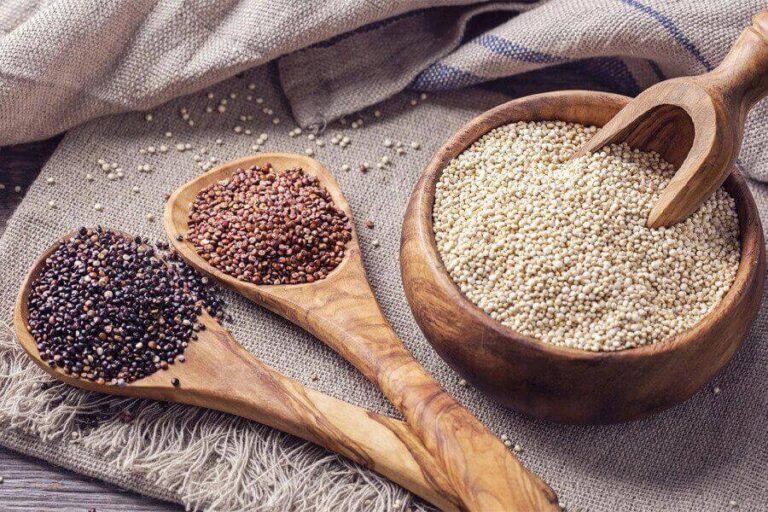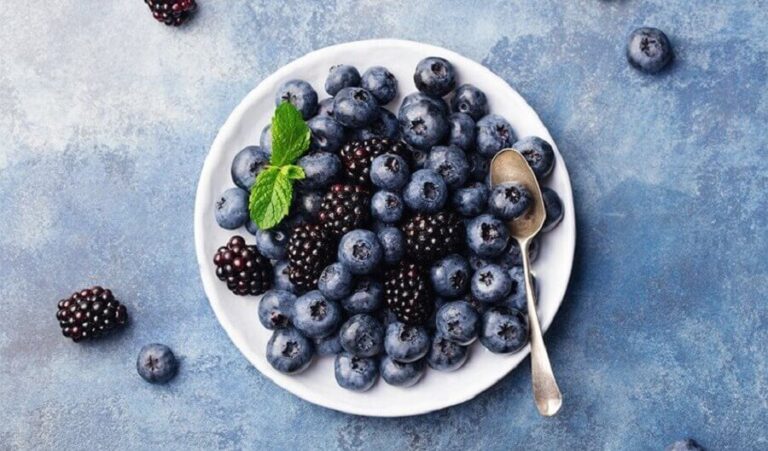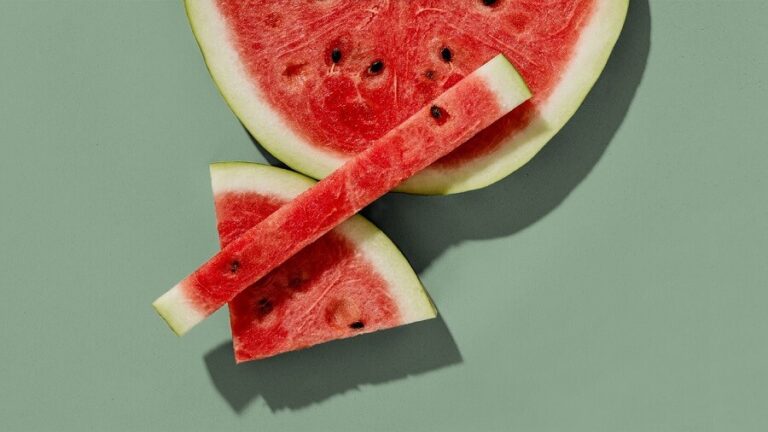For centuries, white bread was considered a delicacy that only aristocrats could afford. Whereas the peasants had to be content with cereals and bakery products made from low-quality grains.
Today, the picture is different: whole wheat bread with seeds is one of the most expensive. And consumption of white bread tends to be limited, particularly high-fat industrial breads. Now, are they that different?
This article describes the properties of white bread and its differences in nutritional properties with whole wheat.
Nutritional properties of white bread
From a nutritional point of view, white bread is a high-calorie, low-nutrient product.
The white bread making process begins by grinding the wheat grain and sifting it. In this process the shell is removed: the bran. In addition, the wheat germ content is reduced. The kernel of the wheat grain rich in vitamins, minerals and vegetable fiber.
Therefore, if refined white flour is used when making bread, there are practically no contributions of proteins, vitamins or minerals. (1) This also applies to most mold or industrial blank breads.
Also, white bread may contain other ingredients like bleaches. These compounds are responsible for giving the flour its typical white color. As well as preservatives, to increase its shelf life.
The nutritional properties in 100 g of white bread:
- 50 g are carbohydrates, of which:
- 2-3 g are dietary fiber
- 4-5 g azúcares
- 40 g starch
- 8 g protein (more than half is gluten)
- 3 g fat
Differences of whole wheat bread with white
Whole wheat bread is made with flour where the shell of the cereals is included in its composition. This makes one of the main differences in its nutritional properties with white bread is its glycemic index .
The glycemic index of white bread is about 90-100 units, one of the highest. While that of the integral is around 50 units; a big difference. This is why the choice of whole wheat bread over white is essential in people suffering from diabetes.
As well as whole wheat bread, it has a greater contribution of vitamins and minerals. This is because the whole grain of cereals and wheat includes the germ, an area where most of the nutrients accumulate.
Some brands of whole wheat bread are very similar to white
Buying real whole wheat bread is not an easy task. In most supermarket chains, what is sold as whole wheat bread is simply sliced white bread with a minimum of whole wheat flour added.
To make sure it is truly whole wheat bread, whole wheat flour should be listed first on the ingredient list.
If the list of ingredients lists wheat flour first, it is clearly camouflaged white bread. For bakeries, ask what their manufacturing methods are.
Does white bread make you fat?
Does it have gluten?
It is not news that both white wheat and whole wheat bread have gluten. This is a food that both people who suffer from celiac disease as well as people who carry out a gluten-free diet by choice should avoid.
An alternative to white wheat bread, for celiacs is a bread based on rice flour or buckwheat. Keto dieters can make seed-based keto bread .
Is the yeast in bread bad?
Yeasts are harmless microorganisms for health and therefore do not harm. The yeasts used in making white bread are produced industrially, and do not have a negative impact for most people. They can even be used as probiotics .
In the stomach, yeasts can modify the natural intestinal flora. Consuming yeast in foods such as yogurt is even recommended to restore flora after some infections such as colitis . In any case, avoid eating raw yeast. Although they are not toxic, they can cause stomach side effects such as flatulence.
ABSTRACT
- White bread is a high calorie food with a high glycemic index.
- There is a big difference between the nutritional properties of whole wheat and white bread. The main ones are its content of vegetable fiber, vitamins and minerals.
- Because the glycemic load of white bread is high, it is not one of the recommended foods in a type 2 diabetic diet. Nor is it allowed in low carbohydrate diets such as the keto diet .
- Both white wheat and whole wheat bread contain gluten, so celiacs should replace it with breads based on rice flour, coconut flour or other types of flours.If you can’t resist the temptation to eat white bread, eat no more than two slices. Wholegrain rye-based breads are the most indicated in a healthy diet







